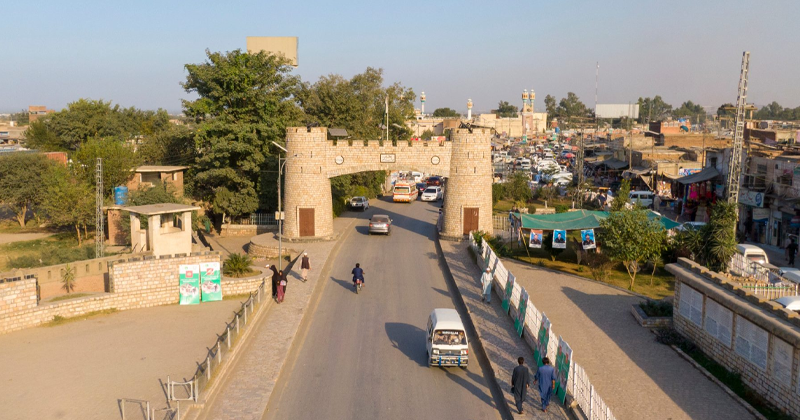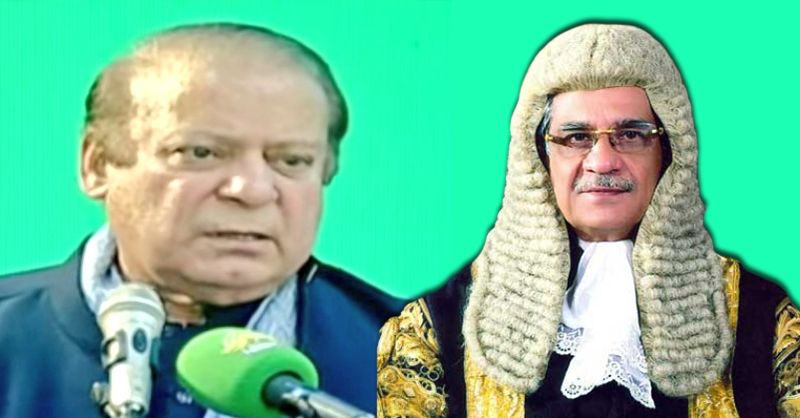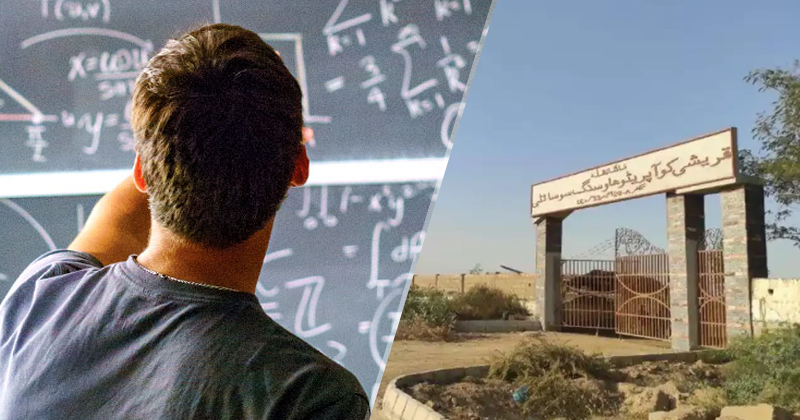Re: ?? ??? ???-???-??? ???? ?????
sagaciouscorpion said:
taha said:
?? ??? ???-???-??? ???? ?????
??? ?? ????? ???????? ???? ????
Thats what i was thinking of...Kahin Zardari mafia nay in puranay satellites ko baich to nahin diya????
May be they are using their own SLV for the 1st time not the satelite..........
Up till now Suparco had been manufactured weather forecast satellites, which had been launched through the satellite launcher of a friendly country.
Analysis of Pakistan's Satellite Launch Vehicle (SLV)
On 7th June 1962, NASA launched a Nike-Cajun (renamed: Rehbar-1) rocket from Pakistan's territory. To this date, Suparco claims to have launched over 200 sounding rockets for scientific purposes. The co-operation with NASA led to the training of several Pakistani Scientists abroad. Soon afterwards,
Pakistan set in motion its own sounding rocket program.
During the 1980's Pakistan established high-altitude rocket production and propulsion factory.Pakistan also built rocket testing, high-speed tracking radar and telemetry related facilities. Today, most rockets acquired or manufactured by Suparco are launched from Sonmiani test range. It is possible that any future satellite launch vehicle might also be launched from this spot.
The head director of Suparco announced, in 1981, that Pakistan will launch an indigenous satellite launch vehicle within a decade. In January 1989, Suparco successfully launched a multistage space launch vehicle to an altitude of 480~600 km. The rocket carried a 150 kilogram payload into deep space.
Soon afterwards, however, Suparco faced many disasters. The challenger space shuttle tragedy forced the delay of Pakistan's first satellite (Badar-A) launch. Furthermore,
Suparco faced strict sanctions on the import of several materials required to launch and manufacture rockets during the early 90's. The delay of the Russian launch vehicle also resulted in a long delay for the launch of Pakistan's second satellite (Badar-B). These tragedies had an immense impact on Suparco's plan to launch and place its own satellite in orbit.
Pakistan has been involved in the development of military related missiles since the late 1980's. On April 6, 1998 Pakistan successfully tested a medium range ballistic missile known as Ghauri. Ghauri Missile can carry a payload of 700 kg to an optimum range of 1500 kilometers. Furthermore, Ghauri Missile reportedly reached an altitude of 350 km before directing itself to the designated target. Pakistan has also manufactured and tested other Intermediate Range Ballistic Missiles (Range: 2,500-5,499 km). Pakistan's indigenous ballistic missile program is a clear example of its expertise in this field.
Interestingly, many U.S based intelligence agencies have reported ties between Suparco and Kahuta Research Laboratories (the key producer of Pakistan's ballistic missiles). According to U.S sources, it is also possible that a joint satellite launch vehicle and ballistic missile development program was agreed between North Korea, Pakistan and Iran in 1993. It is anticipated that Pakistan's Satellite Launch Vehicles will utilize the advance ballistic missile technology developed by Kahuta Research Laboratories (with possible involvement with Suparco and/or North Korea). Indian SLV-3/ASLV used Agni ballistic missile as the first stage and as boosters. As with India, China, and North Korea; Pakistan might use Ghauri/Saheen/Abdali/Ghaznavi type ballistic missiles as its stages (possibly first and second).
During the IDEAS 2002 defense exhibition Pakdef spotted two similar models of Pakistani Satellite Launch Vehicles. The first model points out a possible three stage SLV. Judging from other similar SLV's, it is estimated that it can place a payload weighing less than 80 kilogram to an orbit 450 kilometers above Earth's surface. However the exact data remains unknown. The second model of the SLV seems similar to the first model however, with four extra boosters. Many nations with SLV technology developed boosters based on their missile technology. Therefore it is fair to assume that the boosters on the second model might also be based on one of Pakistan's ballistic missiles.
Suparco has already tested two high altitude sounding rockets; Shahpar and Rakhnum. Shahpar is a 7 meter solid fuel two stage rocket that can carry a payload of 55 kilograms to an altitude of 450 kilometers. And Rakhnum can lift a payload of 38 kilograms to an altitude of 100 kilometers.
As pointed out before, several U.S intelligence reports indicate possible involvement between North Korea, Pakistan and Iran. This is plausible since both
Pakistan and Iran has expressed desire to launch satellites on their own. Furthermore, both nations have been suspected for involvement with North Korea's ballistic missile technology. Keeping this in mind, it might not be surprising that both Iranian and Pakistani personnel were present at the August 1998 launch of Taep'o-dong 1 North Korean SLV.
Both Iran and Pakistan are racing towards space. On January 2004 Iranian authorities reported that their indigenous SLV will soon place a satellite in orbit.
While Pakistan, on the other hand, plans to launch an SLV within the next five years. The exact nature of Pakistan's SLV program remains unknown. However, judging from Pakistan's ballistic missile technology, it can be said that Pakistan Government and Suparco might just be waiting for the right moment to test Pakistan's first satellite launch vehicle.




































